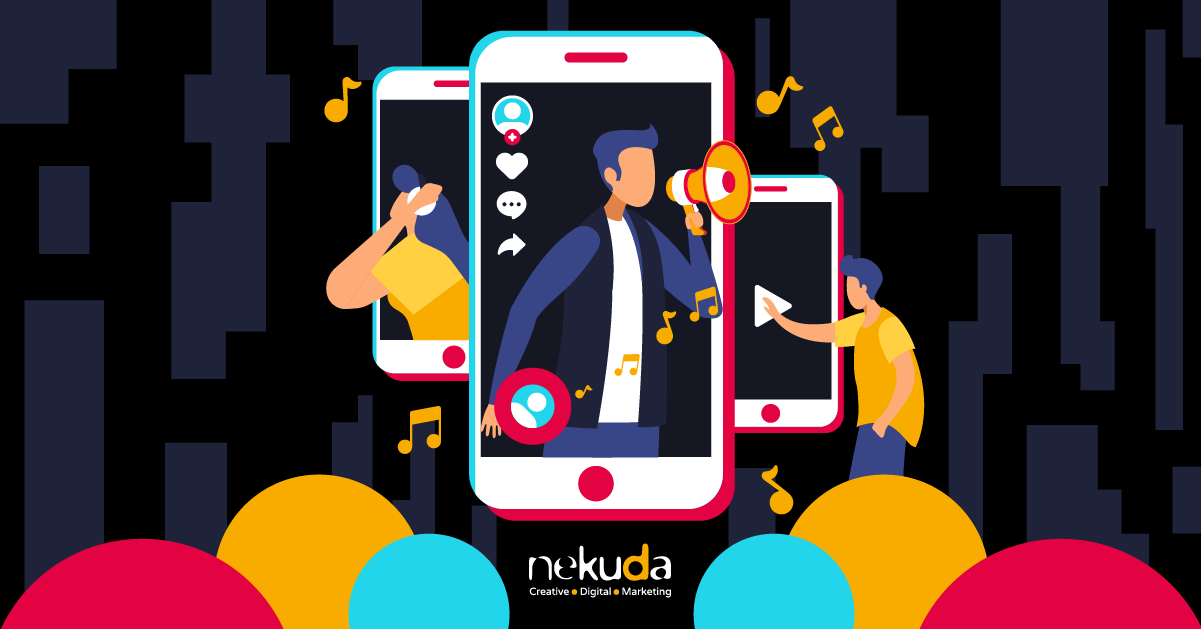Top Secrets of Viral Content
Viral content is one of the best ways to boost your brand’s digital presence and increase the website’s traffic. But how can you make your content go viral?
This question was the subject of several academic papers and case studies. Here we will summarize some of their conclusions.

What is Viral Content?
The Oxford Living Dictionaries defines viralilty as “The tendency of an image, video, or piece of information to be circulated rapidly and widely from one Internet user to another”. In other words, the viral content is distributed and spread exponentially, just like a virus.
Which content tends to go viral?
In their famous paper What Makes Online Content Viral? Berger & Milkman reviewed thousands of articles from top publishers and examined what makes certain articles to be shared more than the others.
- Positivity
As we all know, the internet is filled with bad news and horror stories. For this reason, positive content, which leaves the reader inspired and more optimistic about the world, gets lots of shares and tends to become viral.
- Strong Emotions
Whether it induces positive or negative reactions, emotional content get shared more often than articles that leave you indifferent. The most common emotional reactions that push the share buttons are awe, joy, lust, surprise, anger and fear. In other words, when your readers are impressed, entertained, inspired or even angry and terrified, they will probably feel the urge to share this feeling with their Facebook friends.
- Usefulness
Content that provides concrete action items or solutions for common problems also tend to go viral. So, if your goal is to create awareness for a brand or a business, that’s the type of content you would want to create.
Another research about viral content was created by BuzzSumo and published on OKDork. In this research they analyzed more than 100 million web content in order to figure out what makes content go viral. Their conclusions are similar and more detailed.
6 Ingredients of Viral Content:
- Long-form content
The highest sharing rate was for 1,000-3,000 words articles. So, if you want to content to get shared like a virus, write at least 2,000 words per article.
- Images
Obviously, articles with at least one image got shared on social networks such as Facebook and Twitter twice as much as articles without images.
- Lists & Infographics
List articles and infographics are most likely to become viral. Surprisingly, videos and how-to articles are not shared massively as expected.
- Reliable Content
Articles with bylines and biographical background about the author get more shares on Twitter, LinkedIn and Google Plus; the author identity has less impact on Facebook sharing.
- Influencers
When a content is shared by influencers it automatically gets more shares and likes comparing to content shared by random readers with average influence online.
- Timing
Content is usually shared on the first three days after it was published. However, content that was re-shared about a week or more from its original publishing date continued to be shared.
Also, it was found that the beginning of the work week is the best time to share content. The weakest time is the weekend.
To summarize, to create viral content:
- Invoke emotions such as awe, joy and entertainment
- Write long-form content
- Create lists and infographics
- Add byline and don’t forget a professional looking logo
- Add images and visual content
- Contact influencers even before producing the content
- Re-distribute the content (as long as the topic is timeless)
- Publish the content at the beginning of the work week.



